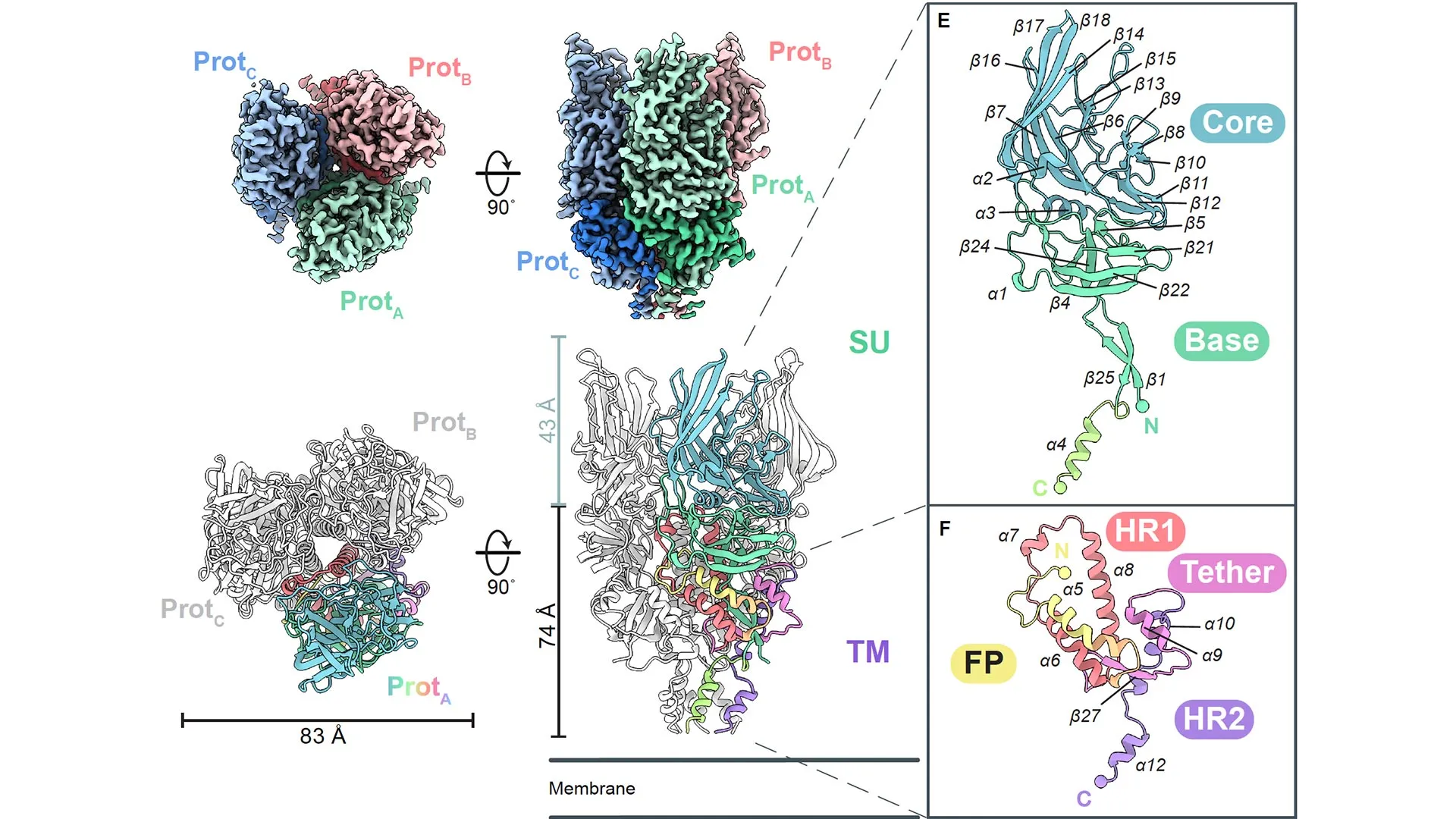European SMEs in China face growing challenges from regulatory complexity, competition, and financial constraints, with smaller firms particularly affected. The upcoming 2025/2026 Position Paper is expected to outline recommendations to improve financing, regulatory clarity, payment practices, IP protection, and fair market access.
European small and medium-sized enterprises (SMEs) continue to play a significant role in China’s economy, contributing to trade, innovation, and local employment. However, operating in the Chinese market has become increasingly complex, as companies contend with regulatory uncertainty, competitive pressures, and financial constraints. Understanding the evolving landscape is critical for SMEs seeking to sustain and expand their presence in China.
The EU SME Centre, in collaboration with the European Union Chamber of Commerce in China, conducted a survey between March and May 2025 to gather insights directly from European SMEs. While the final position paper has not yet been released, the preliminary findings of the survey suggest several emerging trends and concerns that are likely to shape the final recommendations —and these insights form the basis of our current article. The survey captures the experiences of businesses operating across a range of sectors, including machinery, professional services, automotive and auto components, chemicals and petroleum, and medical devices, and provides a comprehensive view of the challenges, opportunities, and strategic priorities for SMEs in the country.
Survey findings highlight the geographic concentration of European SMEs, with a significant presence in Shanghai, Beijing, Nanjing, and Guangzhou, while smaller clusters operate in other commercial hubs such as Tianjin, Shenzhen, Shenyang, Chengdu, and Chongqing. This concentration reflects SMEs’ preference for established economic centers with robust infrastructure and business networks, while also pointing to potential growth opportunities in second-tier cities where competition may be less intense but local market knowledge and strategic planning remain essential.
This article draws on the survey data and broader policy developments to provide a forward-looking analysis of the challenges European SMEs face in China, as well as the measures and strategies that can help them navigate the market effectively. Following up on the 2024/2025 Position Paper, the article also previews the key recommendations expected in the 2025/2026 Position Paper, which will outline actionable steps to support SMEs, enhance competitiveness, and foster a more transparent and equitable business environment.
Explore vital economic, geographic, and regulatory insights for business investors, managers, or expats to navigate China’s business landscape. Our Online Business Guides offer explainer articles, news, useful tools, and videos from on-the-ground advisors who contribute to the Doing Business in China knowledge.
Start exploring
Challenges facing European SMEs in China: Local competition remain the top concern
European SMEs operating in China encounter a complex set of challenges that affect their growth, operations, and strategic planning. Competition with Chinese private companies remains the most pressing concern, compounded by slower economic growth and rising operational costs. Smaller firms are particularly exposed to cashflow pressures, often intensified by late payments, which can limit investment and responsiveness. Larger European companies, while also facing competition, prioritize talent management and navigating regulatory complexity, reflecting differing resources and operational priorities.
Access to financing continues to constrain SMEs. Many struggle to obtain loans from local banks and have limited access to government incentives or cross-border funding, forcing careful capital management. By contrast, larger firms generally face fewer constraints, highlighting the disparities in scale and institutional access. Revenue sources further underscore these differences: SMEs often rely heavily on European clients, following larger partners into China, while larger firms are more integrated with domestic clients.
Regulatory and administrative hurdles remain a persistent challenge. SMEs report difficulties in understanding opaque requirements, securing licenses and permits, and navigating lengthy or inconsistent registration processes. Inconsistent enforcement across jurisdictions adds further uncertainty, increasing operational risk. Larger companies face similar issues on a broader scale, but SMEs are disproportionately affected due to limited resources. Late payments and unfavorable contract terms, particularly from private companies, create additional liquidity pressures.
These delays require SMEs to dedicate time and resources to debt management, which can affect day-to-day operations and strategic initiatives.
Intellectual property protection, while improving, continues to pose difficulties. High costs, piracy, counterfeiting, and limited enforcement capacity disproportionately impact SMEs, particularly in sectors where patents and proprietary technology are critical. Larger companies are better equipped to manage these risks, highlighting the resource gap between SMEs and major firms.
Anticipated recommendations for European SMEs in China
The 2025/2026 Inter-Chamber SME Working Group Position Paper, due in September 2025, is expected to provide a forward-looking roadmap to support European SMEs navigating China’s complex business landscape.
Drawing on insights from recent consultations and surveys, the forthcoming publication will likely emphasize measures to strengthen financial access, regulatory clarity, operational resilience, and competitiveness.
Enhancing financial accessibility
Securing affordable and reliable financing remains a critical hurdle for smaller European companies in China. The Position Paper is expected to call for targeted programs that facilitate SME lending, streamline access to government incentives, and improve cross-border funding mechanisms. Such initiatives would help companies maintain liquidity, fund growth, and invest in innovation.
Simplifying regulatory and administrative processes
European SMEs often face cumbersome administrative requirements and opaque regulations. Recommendations are likely to focus on improving transparency, reducing duplication in licensing and approval procedures, and fostering consistent enforcement across regions. By clarifying regulatory expectations, SMEs could better plan operations and navigate compliance with greater confidence.
Supporting cashflow and payment practices
Unpredictable payment terms and delays can strain SME operations. The upcoming Position Paper may advocate for frameworks that encourage fair payment practices and promote timely settlements, particularly in business-to-business transactions, ensuring SMEs can allocate resources efficiently and reduce financial risk.
Strengthening IPR
Protecting proprietary technology and brand assets remains essential for SMEs, particularly in innovation-driven sectors. Recommendations are expected to highlight measures that simplify IP registration, enhance enforcement mechanisms, and support companies in addressing counterfeiting and infringement, helping to secure competitive advantage in China’s dynamic market.
Fostering a level playing field and talent access
The Position Paper is likely to underline the importance of creating fair opportunities for SMEs alongside domestic competitors, including access to procurement, financing, and talent. Policies that facilitate workforce mobility, provide supportive infrastructure, and encourage skills development will be crucial for sustaining innovation and operational excellence.
Is China still a worthy market for EU SMEs?
Short answer is: Yes — but only for those that know where they belong. Amid mounting challenges, ranging from regulatory complexities and economic slowdown to fierce competition from domestic players, China is no longer a catch-all growth engine for European SMEs—it demands a more nuanced and strategy-driven approach. Rewards will go to companies that play to their strengths, adapt to local realities, and treat China as one part of a wider Asian strategy.
Few drivers of China’s attractiveness for EU SMEs:
- Market size and growth: As the world’s second-largest economy and second-largest healthcare and consumer market, China still expands faster than most advanced economies, even in a slower-growth era.
- Demand for quality: Chinese buyers are moving up the value chain, seeking premium, sustainable, and niche products. This is where EU SMEs excel, from precision machinery and specialty food and beverage to medtech and green solutions.
- Policy push for upgrading: Strategic sectors such as biotech, renewable energy, and advanced manufacturing continue to receive heavy government support, aligning well with European expertise.
- Digital sales channels: Cross-border e-commerce platforms like Tmall Global and JD Worldwide lower entry barriers, allowing SMEs to test the market without committing to full-scale operations.
- Supply chain and RCEP access: China’s role in regional supply chains and its participation in the Regional Comprehensive Economic Partnership (RCEP) enhance connectivity and trade facilitation across Asia, offering EU SMEs broader access through a China base.
Again, China no longer offers a one-size-fits-all solution. The path to success for EU SMEs lies in specializing in high-value or niche sectors, where distinct European expertise can differentiate offerings and mitigate the pressure of mass-market competition.
Localized partner and distributor networks are critical to navigating regulatory hurdles and sustaining market momentum. Additionally, digital-first entry routes, such as cross-border e-commerce and localized online sales platforms, offer a scalable, lower-risk approach to market entry.
In sum, China remains a valuable destination for EU SMEs, but only if approached strategically. Companies that align with niche markets, build the right partnerships, leverage digital routes, and integrate China into a broader Asian or global strategy are likelier to thrive. This isn’t about writing off the market, it’s about recognizing how it must be approached differently today.
About Us
China Briefing is one of five regional Asia Briefing publications, supported by Dezan Shira & Associates. For a complimentary subscription to China Briefing’s content products, please click here.
Dezan Shira & Associates assists foreign investors into China and has done so since 1992 through offices in Beijing, Tianjin, Dalian, Qingdao, Shanghai, Hangzhou, Ningbo, Suzhou, Guangzhou, Haikou, Zhongshan, Shenzhen, and Hong Kong. We also have offices in Vietnam, Indonesia, Singapore, United States, Germany, Italy, India, and Dubai (UAE) and partner firms assisting foreign investors in The Philippines, Malaysia, Thailand, Bangladesh, and Australia. For assistance in China, please contact the firm at china@dezshira.com or visit our website at www.dezshira.com.













